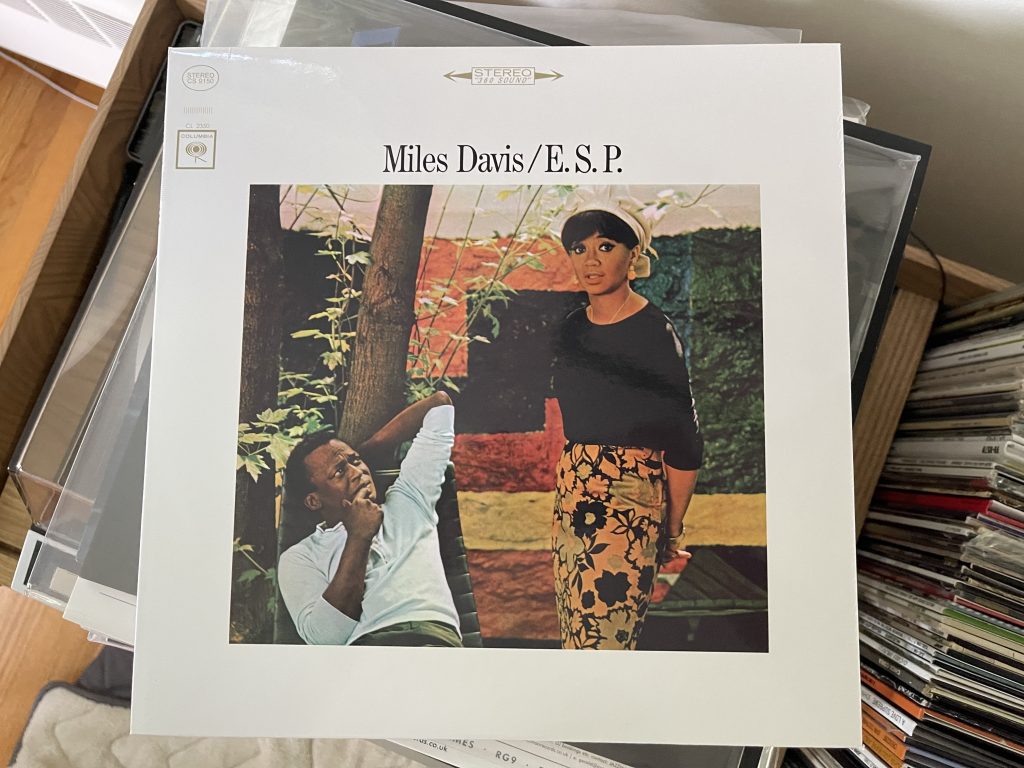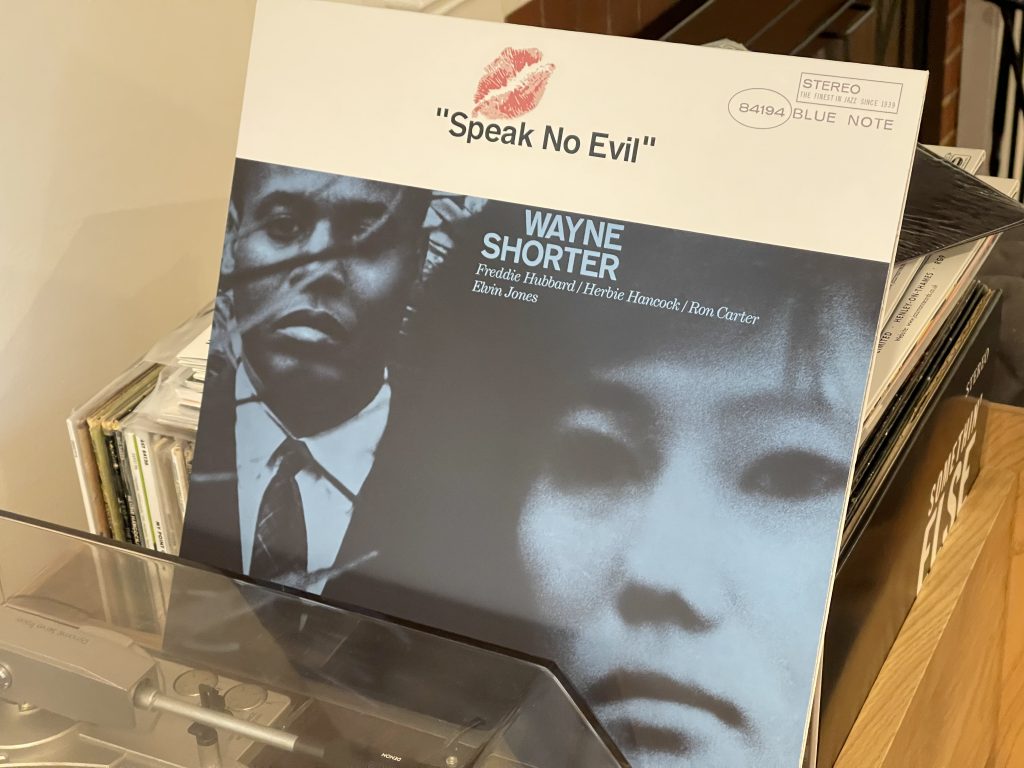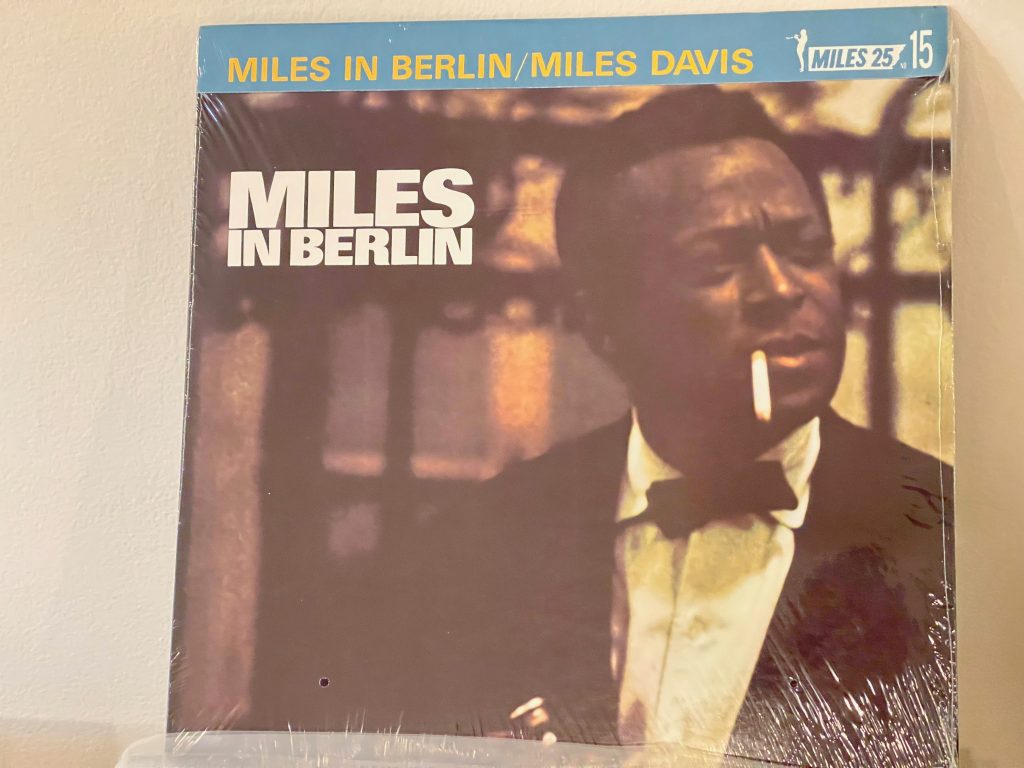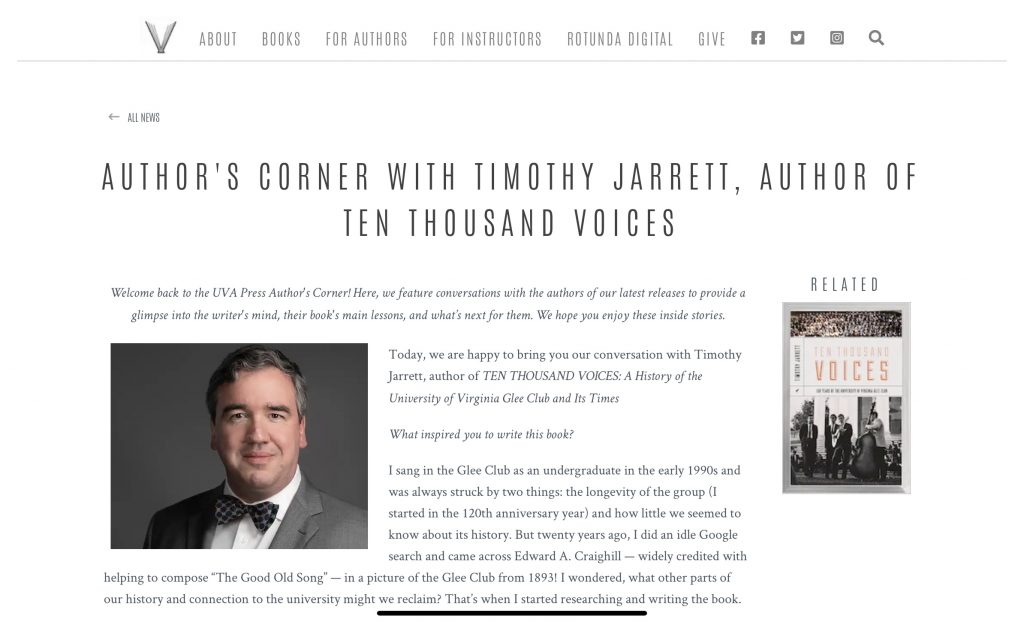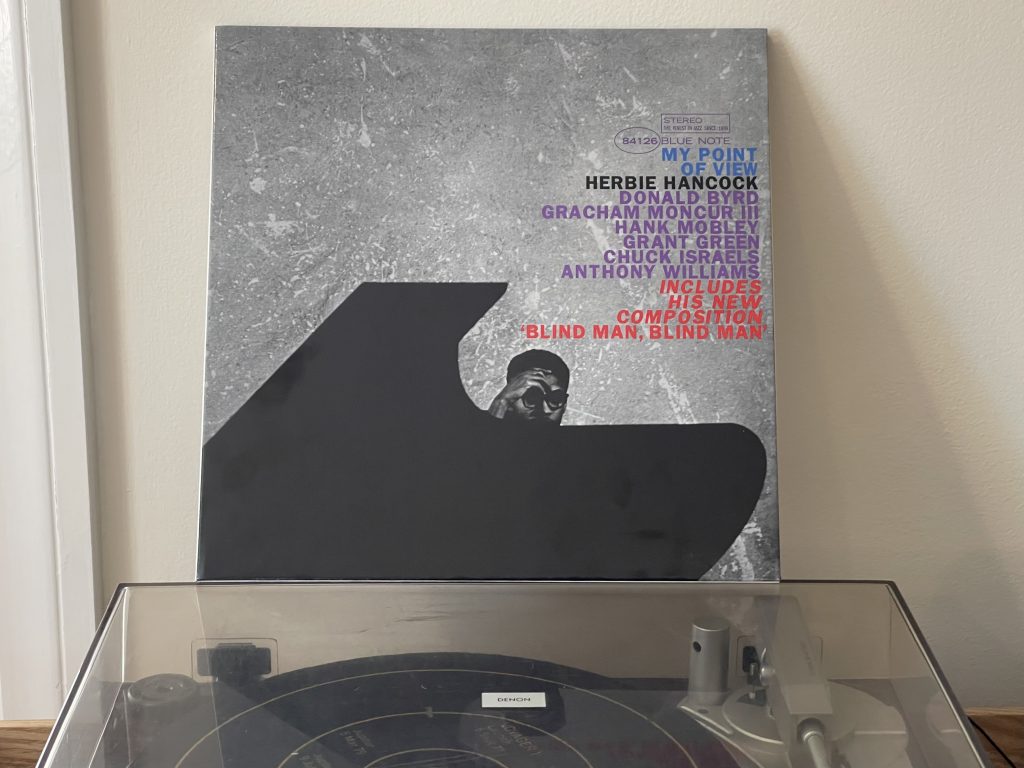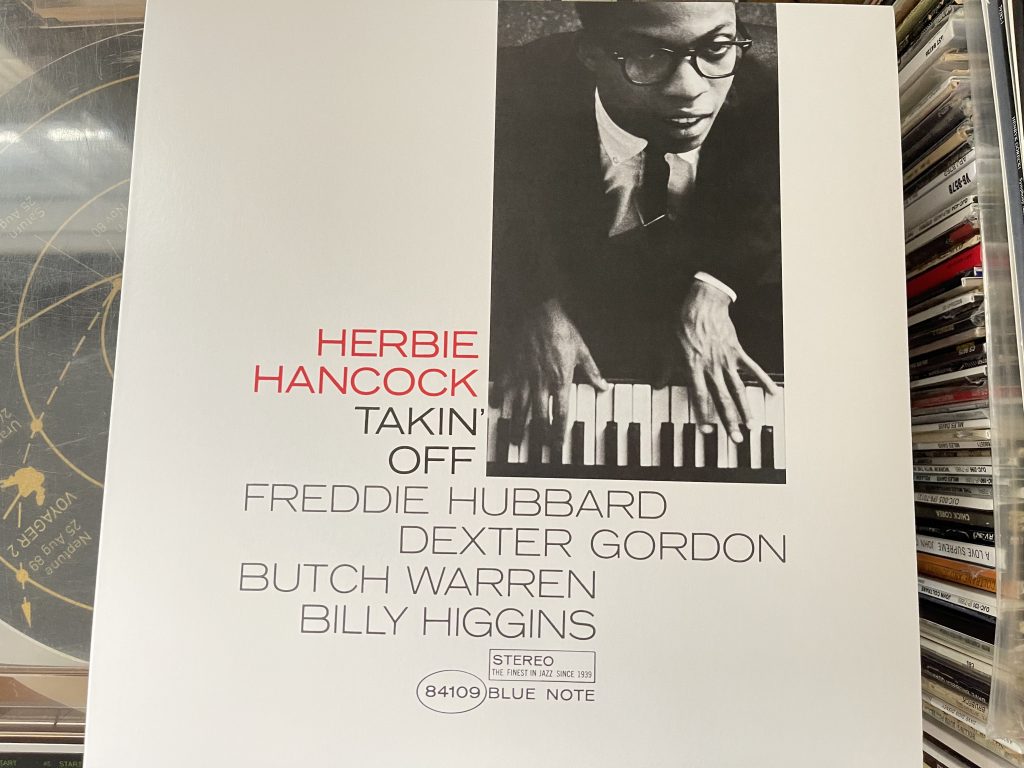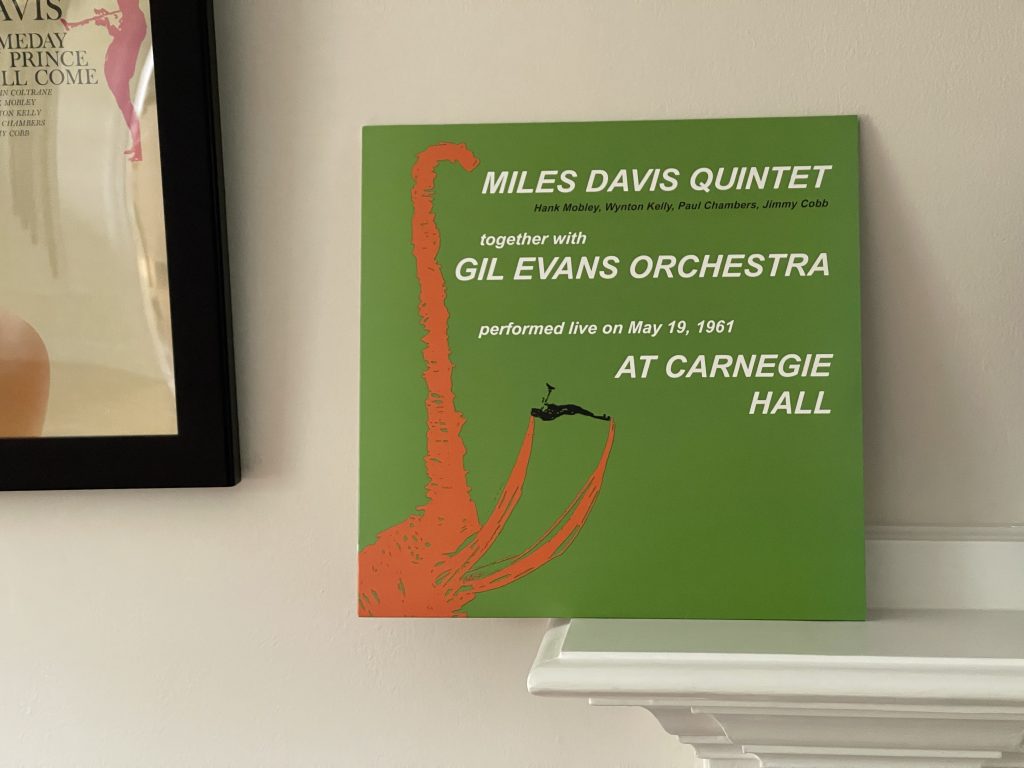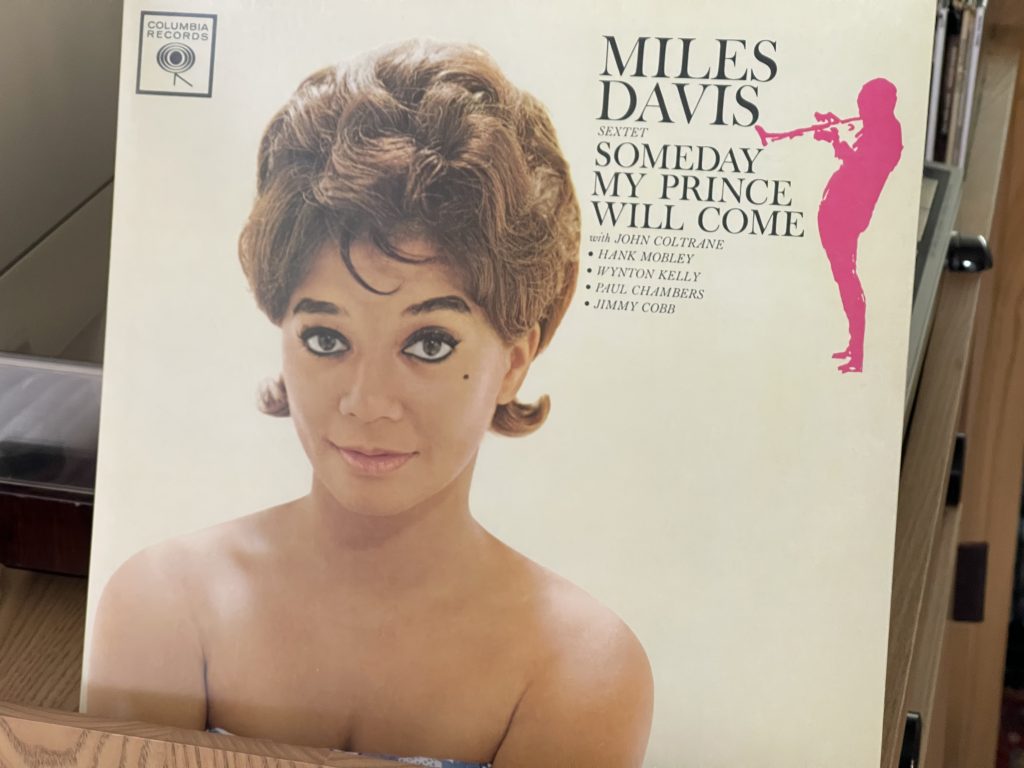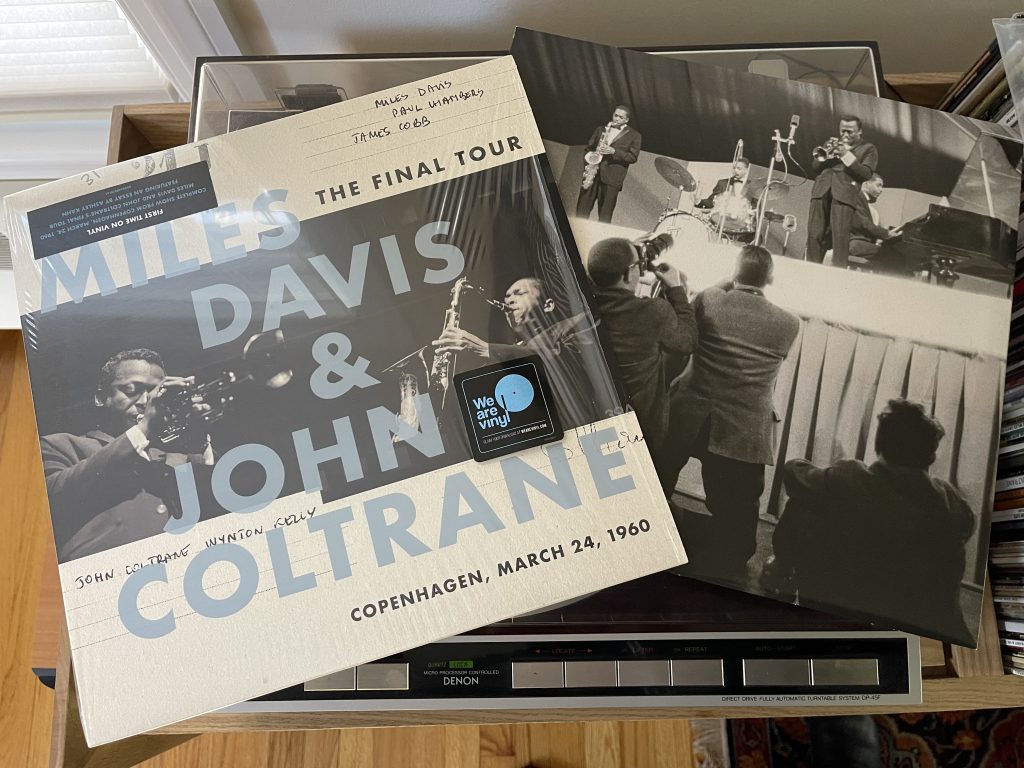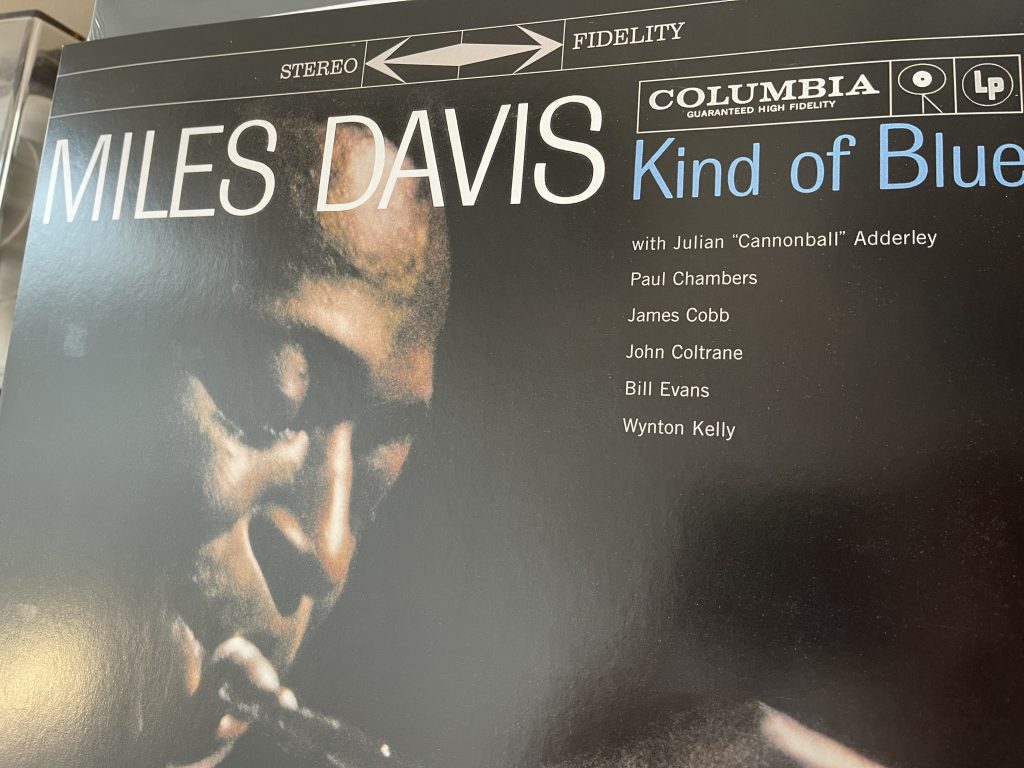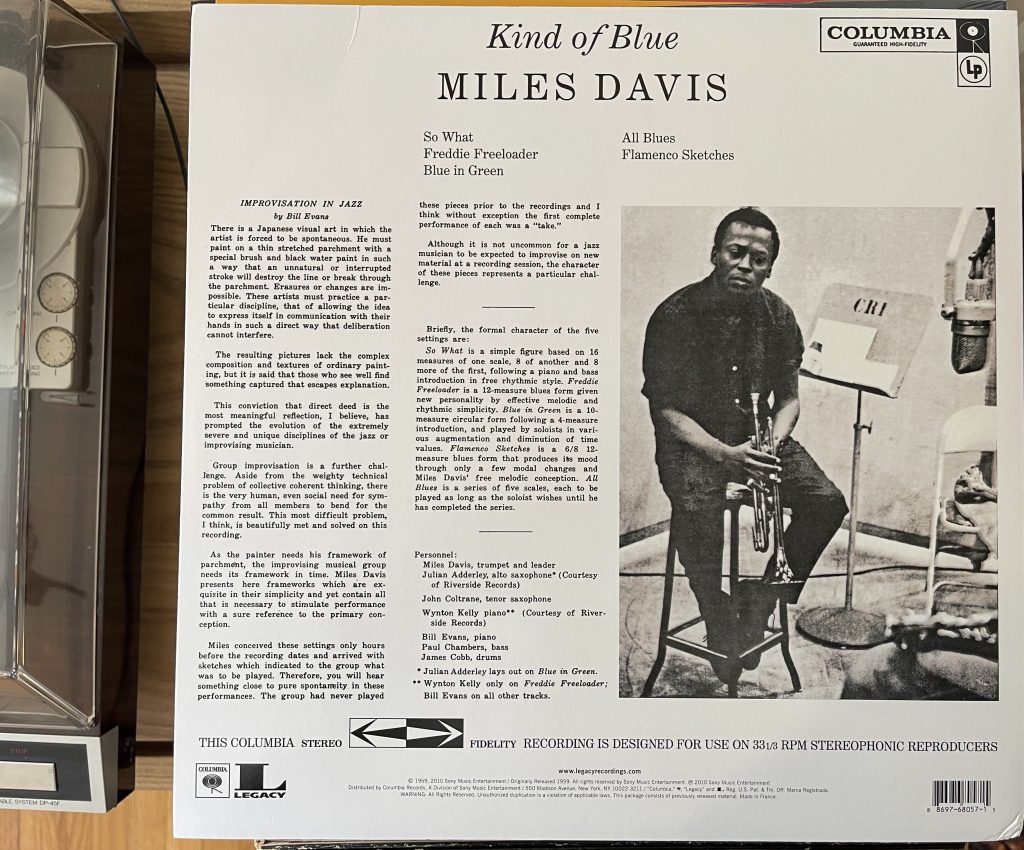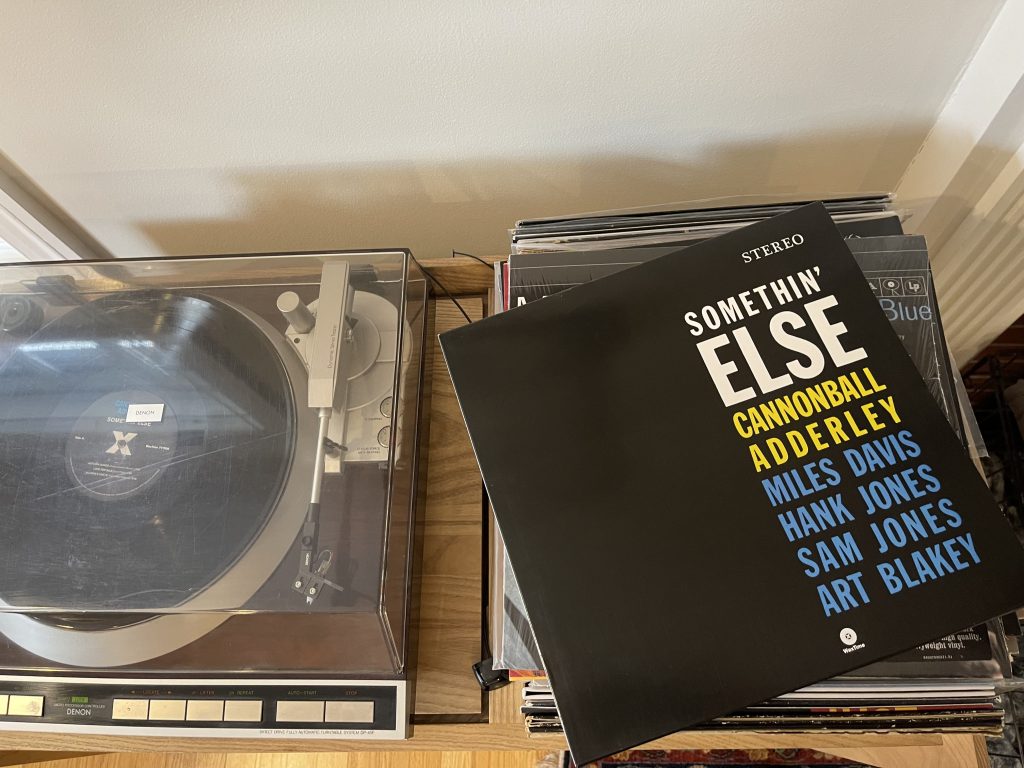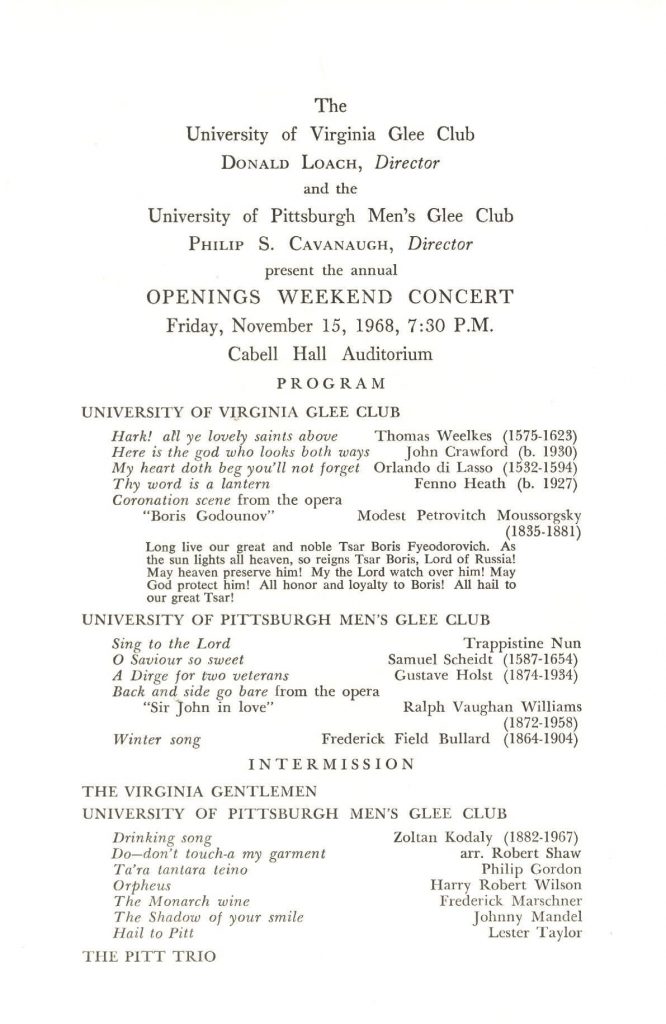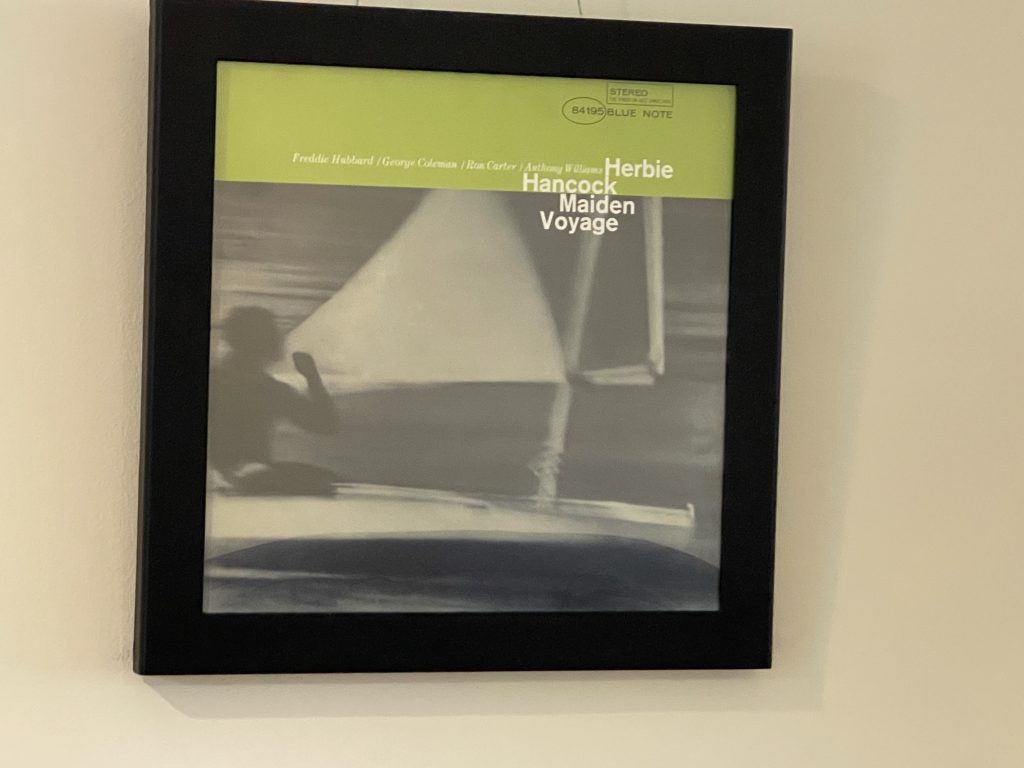
Album of the week, June 18, 2022
Listening to the opening of “Maiden Voyage,” it’s hard to believe that it was recorded just two months after E.S.P.—and with three of the same members. It’s also hard to believe that it opens Hancock’s fifth solo album in four years—to say nothing of his work with Miles.
The band that entered Van Gelder Studio in Englewood Cliffs on March 17, 1965 bore some strong resemblances to the one that had recorded with Miles at Columbia Studios in Hollywood on January 20-22. In addition to Hancock, Ron Carter and Tony Williams returned to the rhythm section; they had performed with Hancock on his preceding album, Empyrean Isles, as had Freddie Hubbard. George Coleman, who had played with Herbie on the live recordings of the Miles Davis Quintet from Carnegie Hall, My Funny Valentine and “Four” and More, rounded out the group on tenor sax. But though many of the players on the album had played with Miles, this album is distinctively Herbie Hancock’s work.
I write a lot about chordal structure, rhythmic interplay, and other facets of jazz improvisation in this series, but there is one essential element without which no jazz album can reach greatness: melody. One of the few weak points of E.S.P., to my ear, is the lack of distinct melodies on the second side, after the strong opening of the title track, “Eighty-One” and “Little One.” There’s no such weakness here, and “Maiden Voyage” opens the album with one of the all time great jazz melodies. It’s simple, persistent, and yearning, with a simple tune—up a fourth, then down a whole step and a four note run up a minor scale. But it’s slippery, with the same pattern repeated at a different part of the scale a few bars later, and the whole thing is set over suspended seventh chords, evoking a sense of mystery. It conveys everything about the sense of wonder of the beginning of a solo journey, combined with the mystery of the ocean. It is also unforgettable, and a substantial step forward from the Herbie Hancock who wrote the calculated hit tunes “Watermelon Man” and “Blind Man, Blind Man.”
The whole track is a remarkable performance, but especially worth listening to is Tony Williams’ drum work under Hancock’s solo. Through a combination of cymbal work, snare rolls, and a bass drum heartbeat that slightly anticipates Ron Carter’s bass line. It’s an amazing evocation of the ocean, complete with creaking timbers and salt spray, and yet it’s utterly placid on the surface.
From the tranquility of the opening track we are immediately dropped into a storm. “The Eye of the Hurricane” provides an opportunity for Freddie Hubbard to demonstrate the combination of keen melodic sense, rhythmic complexity, and sheer technical acumen that would become his signature sound for the next fifteen years. His solo is astonishing. Coleman’s tenor solo following is less technically precise but is propulsive and carries the energy forward into Hancock’s solo, which is carried out almost entirely in the right hand as the chords drop way back, providing a feeling of calm at the center of the work. It’s a neat trick, but it makes me wonder what the piece would sound like in the hands of McCoy Tyner.
Hancock’s “Little One” follows, and he wisely rearranges the solos a little compared to the version on E.S.P. Here, both horns play the opening phrase, while Hubbard takes the following climb upward over Coleman’s lower accompaniment, and Hancock plays the yearning part that was Wayne Shorter’s on the earlier version. When the waltz comes in, George Coleman creates an entirely new melody over the opening, demonstrating the versatility of the tune and his own unique melodic gift. Freddie Hubbard follows the trail blazed by Coleman but quickly takes the melody to his own territory before passing it back to Herbie Hancock. His work on the solo finds him deep in impressionistic territory. Indeed, with his rhythmic chords alternating with melodic runs, he sounds like a livelier Bill Evans—a distinctively new voice from Hancock, who stretches out in several new directions on the record.
The furthest out direction he visits comes to the fore on “Survival of the Fittest.” What was I saying about melody? Here the hook is memorable but not hummable: slowly crescendoing chords, a saxophone line that sounds a lot like the opening to Wayne Shorter’s “Yes or No” (recorded seven months earlier), a scream in the trumpet, stabbing chords from the horns, a quick fragment of a melody, and then… burnout. Not in the pejorative sense, but in the sense that Branford Marsalis’s band has used it. Solos stretch past boundaries of bars and choruses and into different times and tonalities, anchored by Williams’ frantic drumming. Even here Hancock finds lyrical melody, but in a constantly shifting tonality and tempo. Finally the rest of the rhythm section falls away and it’s just Herbie playing a scherzo over chords that rock back and forth between two minor modes. It’s stunning and time stopping, and when Tony Williams comes back in he maintains the timeless feel with rolling drums in the deep. The horns come back in six bursts, restating the opening melody before abruptly halting.
And then: a surprise. “Dolphin Dance” swings gently and offers us the second most memorable melody of the record, an ascending run from the third to the fifth of the scale then down to the second, an easygoing pattern that continues with the same intervals but then starts from the tonic, the sixth and the third. It’s a vivid image, suggesting dolphins breaching out of the water one after another. And the soloists follow. Freddie Hubbard breaks out of the second repetition of the melody, taking flight for a moment, swimming along with the melody, then kicking it into a new key before passing it to George Coleman. The saxophonist swings his solo hard before going into double-time and eventually employing something like Coltrane’s “sheets of sound.” Hancock brings it back to the circling pattern, touching the other points of the scale before generating a new melody that reaches upwards, pauses, then climbs once more. The final recapitulation underscores the serenity of the melody, drifting into the distance.
It’s a fitting sendoff for the album, which stands as one of the high points of Hancock’s work—and of Blue Note Records in general. Next time we’ll hear a very different work from another member of Miles’ quintet.
You can listen to the album here.

